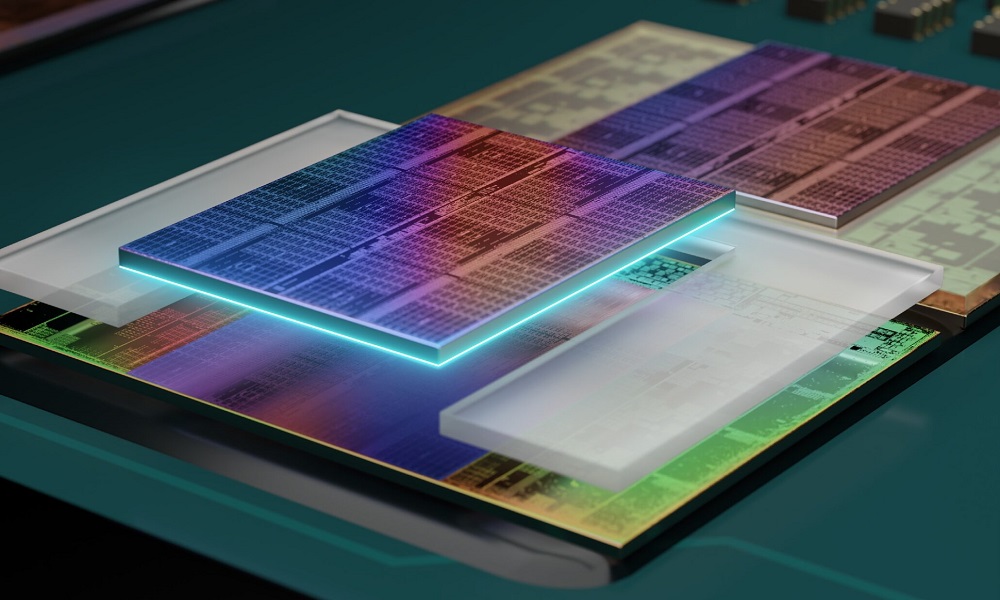
Dan McNamara, SVP and GM of AMD’s Server Division, has confirmed that the EPYC Milan-X 3D processors have now entered mass production, and that the release of these will take place at the end of this month. He has not given an exact date, but we can expect them to arrive in the last week of that month.
AMD EPYC Milan-X 3D processors will use the same keys as EPYC Milan, which means that will be based on the Zen 3 architecture, that they will use the 8 core and 16 thread chiplet as a base, and that they will be manufactured in the 7nm process. The difference between one and the other quietly will lie, as our regular readers will remember, in the L3 cache memory configuration.
A Zen 3 chiplet has a total of 32 MB of L3 cache, and they are accessible by the entire block of 8 cores that integrates said chiplet. That is the design followed by the EPYC Milan, and allows the most powerful processors to have up to 256 MB of L3 cache. Well, in the case of the EPYC Milan-X 3D, each chiplet has its L3 cache increased by 64 MB, which means that it adds up to a total of 96 MB of L3 cache. If we transfer this to a top-of-the-range processor, we find an impressive figure: 768MB of L3 cache.
To be able to integrate that huge amount of cache memory without skyrocketing the space occupied horizontally, which would result in a ridiculously huge package, AMD has resorted to 3d stackingwhich means that the additional 64 MB of L3 cache mounted on each chip have been implemented vertically, following a similar approach to what we have been seeing for some time, for example, in 3D NAND Flash memory.
The most powerful EPYC Milan-X 3D processors will have 64 cores and 128 threads. There will also be versions with lower configurations, ranging from 32 cores and 64 threads to 16 cores and 32 threads. With this approach, AMD will meet the needs of different professionals in an optimal way.
In theory, thanks to that huge increase in L3 cache, the performance of the EPYC Milan-X 3D processors will increase up to 50% on certain workloadssuch as computational fluid dynamics, EDA and any kind of advanced physics modeling, according to Dan McNamara himself.



